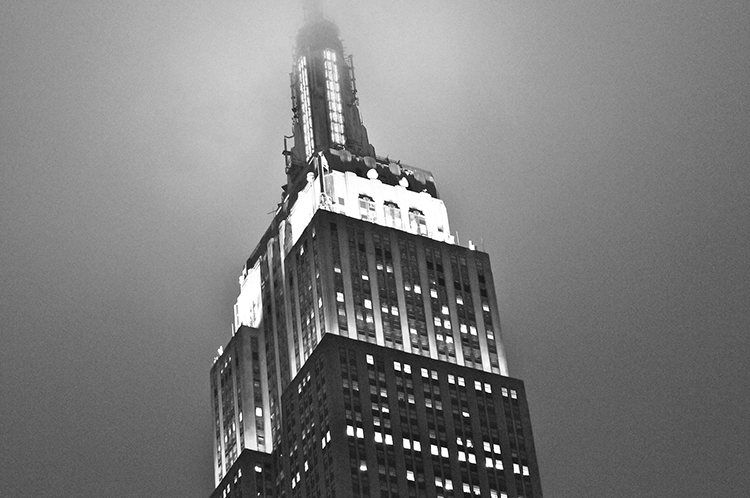Chapter 4 A Consumer’s Guide to Understanding Data
One muggy midsummer night in the 1960s, Andy Warhol pointed a camera at the top of the Empire State Building to record an experimental film he called Empire. For more than 6 hours, as dusk fell on New York’s most famous building, the camera's eye captured the long transition from day to night and the mundane details of lights flickering on and off its exterior (Figure 4-1).
This film is the essence of data; its unique capability to be more patient and more omniscient than you or I can be in our observations of the world. Data captures actions and characteristics of the real world and transforms them into something that can be examined and explored after the fact. And like Warhol’s film, when recording data, we must always consider perspective—where the lens is pointed and what lies outside the frame.
Today, unblinking lenses record where and when we shop, what we buy, when we travel, and what media we consume. Thousands of security cameras quietly film their own version of Empire every night. Our opinions are captured explicitly through surveys, and our interests are inferred through data that captures our behavior.

Figure 4-1: View of the Empire State Building at Night
We are capturing more, storing more, and interacting with more data than ever before. As data consumers, this unending flow of data promises to help answer ...
Get Data Fluency: Empowering Your Organization with Effective Data Communication now with the O’Reilly learning platform.
O’Reilly members experience books, live events, courses curated by job role, and more from O’Reilly and nearly 200 top publishers.

